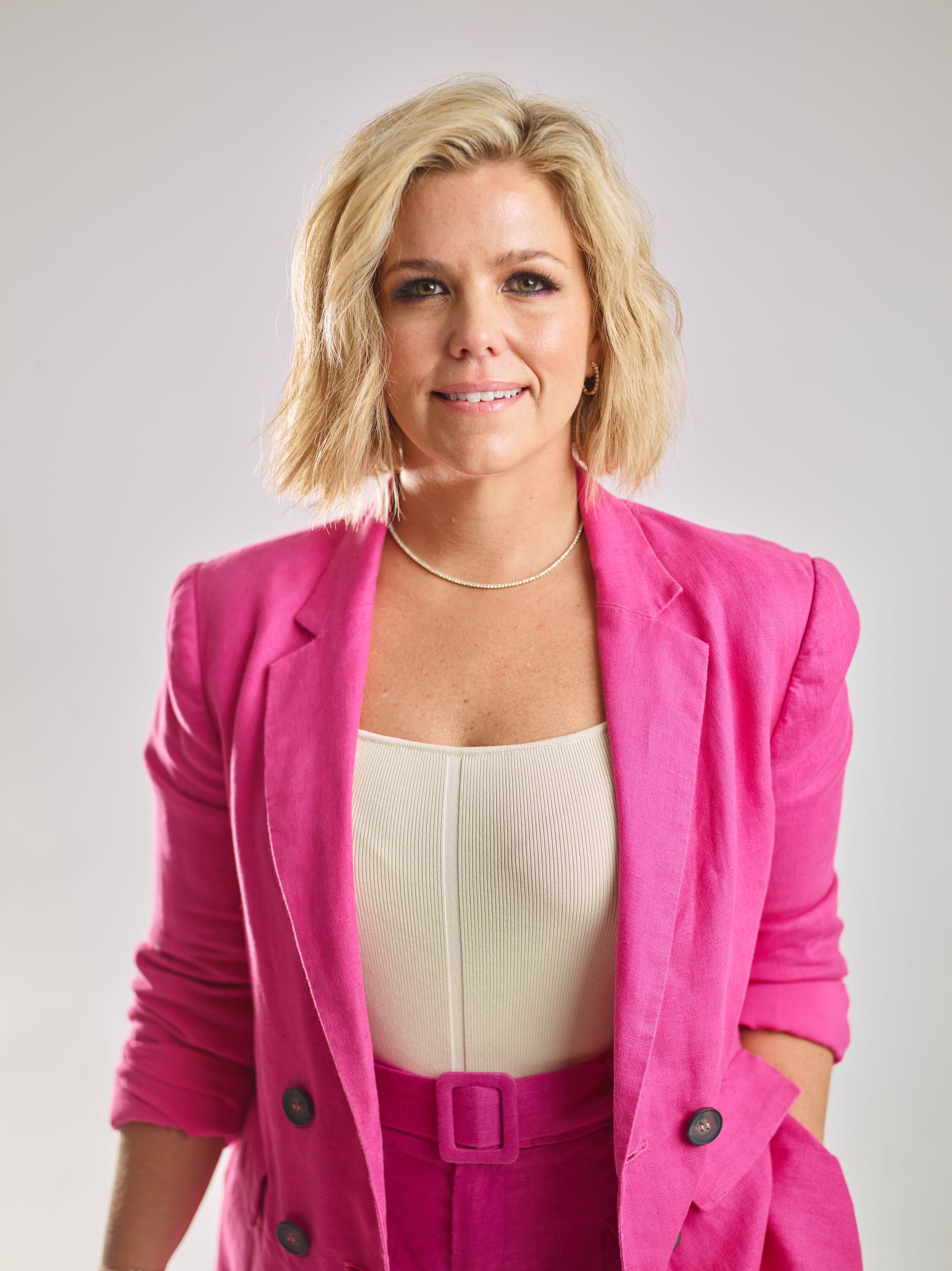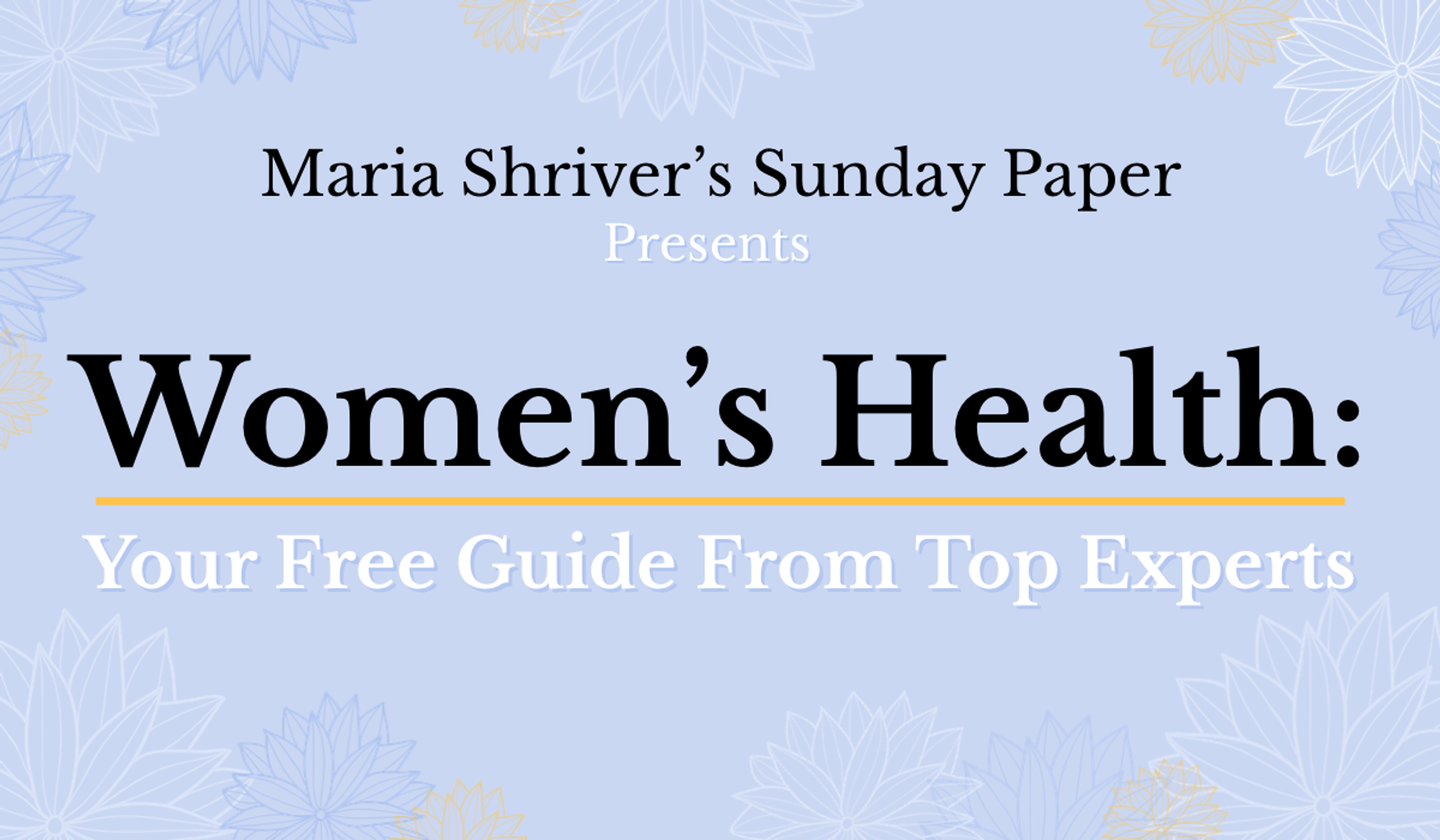The Truth About How Much Money You Really Need in Midlife
Money incites anxiety for many of us—and this truth sees no age. In the middle third of our lives, when we've accrued deep wisdom and accomplished feats, we can still wrestle with fear regarding our finances. Medical bills, car repairs, inflated food prices, and a volatile economy add to the unease of not knowing if we have enough or are making the “right” financial steps.
This anxiety is normal, says certified financial planner Hayley Dickson. It’s also something we can remove from our lives. Dickson specializes in helping people see that money—no matter the amount you have and regardless of your age, background, and goals—is an opportunity. It’s also entirely personal. Empowering people to have financial literacy is her passion, as she says society teaches us nothing about money but expects us to know everything.
The Sunday Paper called Dickson to ask her: What do we need to know when it comes to our money in midlife? What is enough? What are the right moves? In her warm and irreverent style, Dickson guides us. She offers “tactical” financial tips, as she calls them, and big-picture financial wellness advice. And if you’re anxious over thinking middle age is too late to improve your money life, Dickson has the salve: “What does it even mean to say it’s too late? It’s never too late,” she says.
6 Tactical Financial Tips
#1: Have a Roadmap
This is a plan or a "life design," says Dickson. To create your roadmap, consider the following: What do you want in life? Where do you want to go? How do you want to spend your time? Dickson uses the GPS analogy. "You drop a pin to see where am I?” So you do the same to see what assets you have. This is one of the simplest and most clarifying things to do—to see where you are financially and where you want to go, in midlife and beyond.
#2: Build a Simple Planning Budget
Budget is a cringe-inducing word, even for Dickson. "I don't think any homosapien can actually live on a budget," she says. "We're human, and every month is different." Instead, she suggests a simple planning budget to see what it costs to live a joyful life. Write down the money you are bringing in and the money that is going to the IRS. From there, you can create a planning budget or what Dickson calls "a joy equation." This is a structured strategy that gives every dollar an intention, from savings to spending, so you can live a meaningful, joyful life that works for you.
#3: Save First
Smart planning means saving first. “Too often, people see that they have extra money at the end of the month, and they think, Let me just chuck it into this savings account," says Dickson. Do the opposite. Save first—whether that's automatically putting money into a ROTH IRA, 401K, or elsewhere—before spending. As for how much you should be saving, Dickson suggests aiming for between 15 and 35 percent of your gross income in midlife.
#4: Consider Your View on Time and Money
Dickson says to ask yourself: What is most important: Time or money? The answer is personal. Some people may want to work as long as they can to spend more in retirement, she says. Others may want to retire as early as possible. Clarify what's critical for you so you can work toward that goal.
Also, Dickson says the word retirement needs a retirement. "I call it work optional. We have a change of pace [in the way we live] today. We might be on a board; we might do consulting; we might work part-time. But at some point, I want you to be at a point where work is optional for you."
#5: Think About Attrition
In the time leading up to middle age, we have likely been focused on accumulating assets and building wealth, or have wanted to, says Dickson. “Now is the time to start thinking about the attrition of those assets in retirement,” she says, adding that too few people consider this. When you are designing your roadmap, think about how long those assets will last you, what the tax treatment of those assets is, and if you are optimizing your assets to have diversification from a taxation standpoint, says Dickson.
#6: Put Money into Buckets
The perfect investment doesn't exist, says Hayley. "I think that belief creates overwhelm, paralysis, and confusion. However, you can manufacture the perfect investment for your own ecosystem." No matter your money or desires, you can create an investment system that works for you. The key is to diversify your capital so that it does different things, believes Dickson. To do this, she suggests having your money in different buckets, or what financial planners refer to as “asset allocation.” This includes:
1.) Tax diversified dollars
2.) Allocation of assets
3.) Location
4.) Risk tolerance
5.) Liquidity
4 Financial Wellness Tips
#1: Be Open-Minded
Regarding your personal roadmap, Dickson says changing your mind is okay. Life happens, dreams change, and plans evolve. "If you want to go somewhere else, you just plug in a new destination, turn around, and reroute."
#2: Get Excited About Money
Operate from a place of opportunity and abundance. "Having a conversation with a financial adviser or finding a partner to really help you create a plan should be fun and exciting," says Dickson. "Designing the life you want to live should not be daunting and overwhelming."
Consider Dickson's mindset shift: If you think, Oh, this is the worst. I don't understand numbers; switch your thought to This is the best. I've worked so hard for money; let's make sure it's doing what I want it to do to live the life I want to live.
#3: Think About the Journey
"Financial freedom is not a destination. It's a way of living, and it's a way of feeling confident and clear on your money choices," says Dickson. "Don't run from it. Embrace it. Find someone that's going to talk to you like the intelligent person that you are in a way that you can understand—because understanding [your money and goals] creates confidence and momentum and wealth building."
#4: Own Your Life
"So many of my clients, specifically women in midlife, say this is a very emotional time, especially if they're single. Maybe they're divorced, and they didn't think they would be, at this point in their life, making these big financial decisions on their own." Dickson says that no matter where you are or how much money you have, there is nothing wrong with you. This is your money, life, and future, so own it. Create your own goals, your own benchmarks, and your own map. And ideally, find a certified financial planner that sees your vision and works with you to allow your dream to come to life.
"Once you address all of this and as soon as you create your plan to show where you want to go, you're going to feel so much more confident and clear,” says Dickson. “Not only in your money world but in your whole world."

Hayley Dickson, CFP, is a wealth management advisor. With her ‘Financial Freedom Formula’ she is leading a revolution to help people—with an emphasis on women and folks from the LGBTQ+ and BIPOC communities—make empowered, confident, and clear choices so they can live the abundant lives of their dreams. Learn more and book a consultation here.




